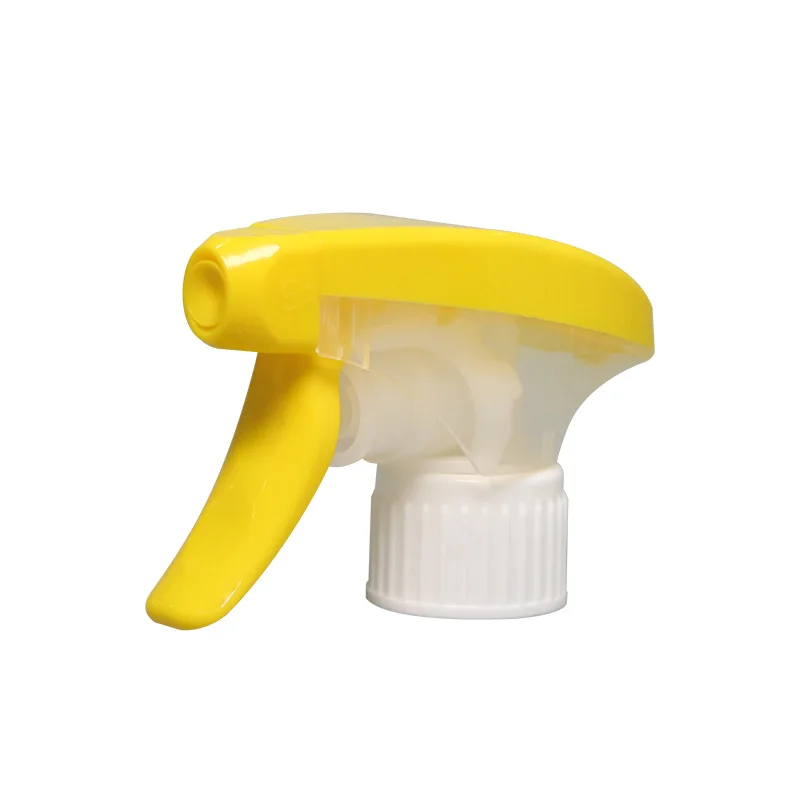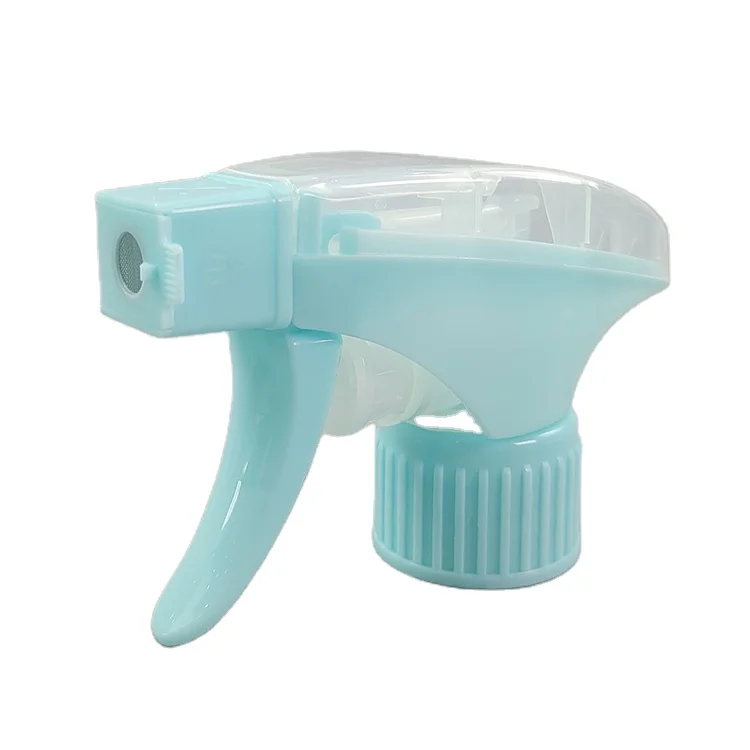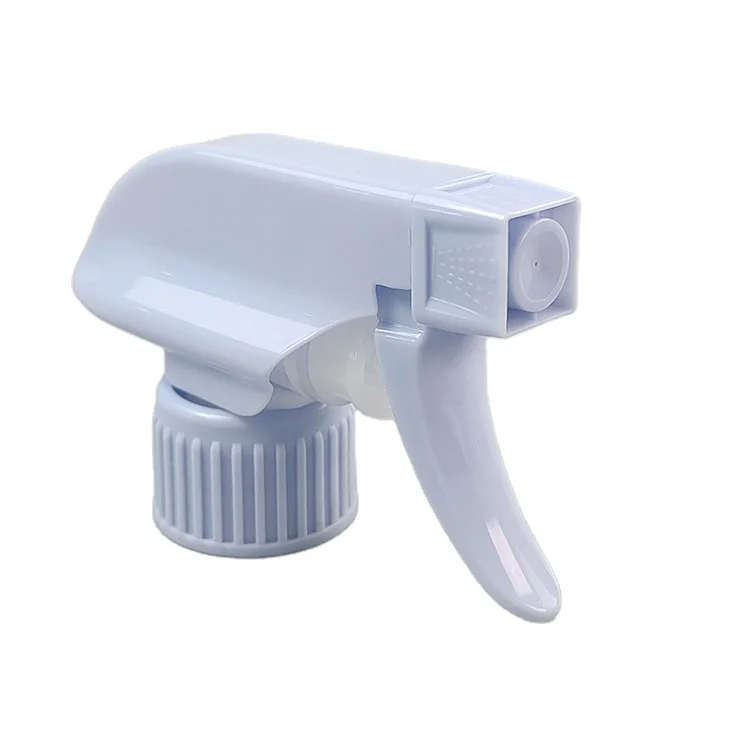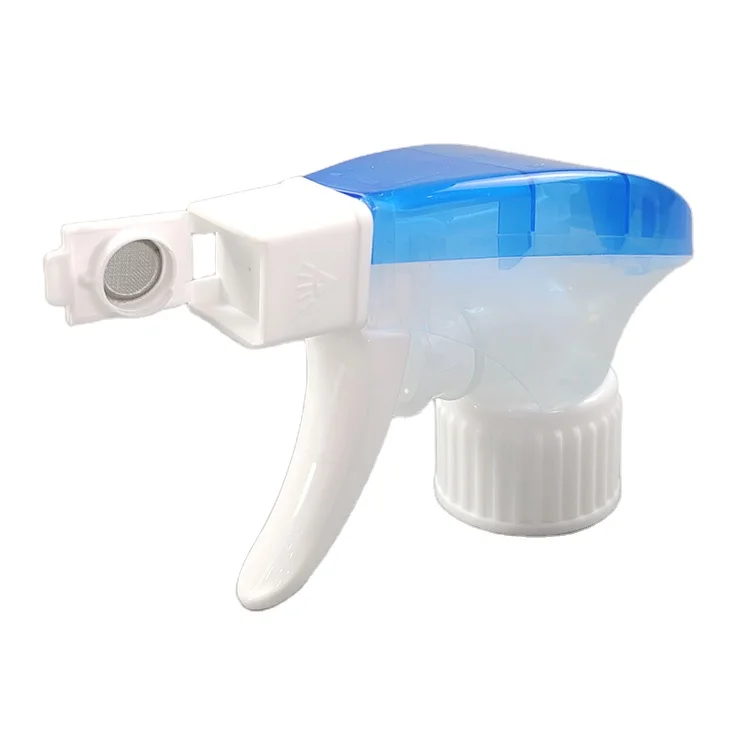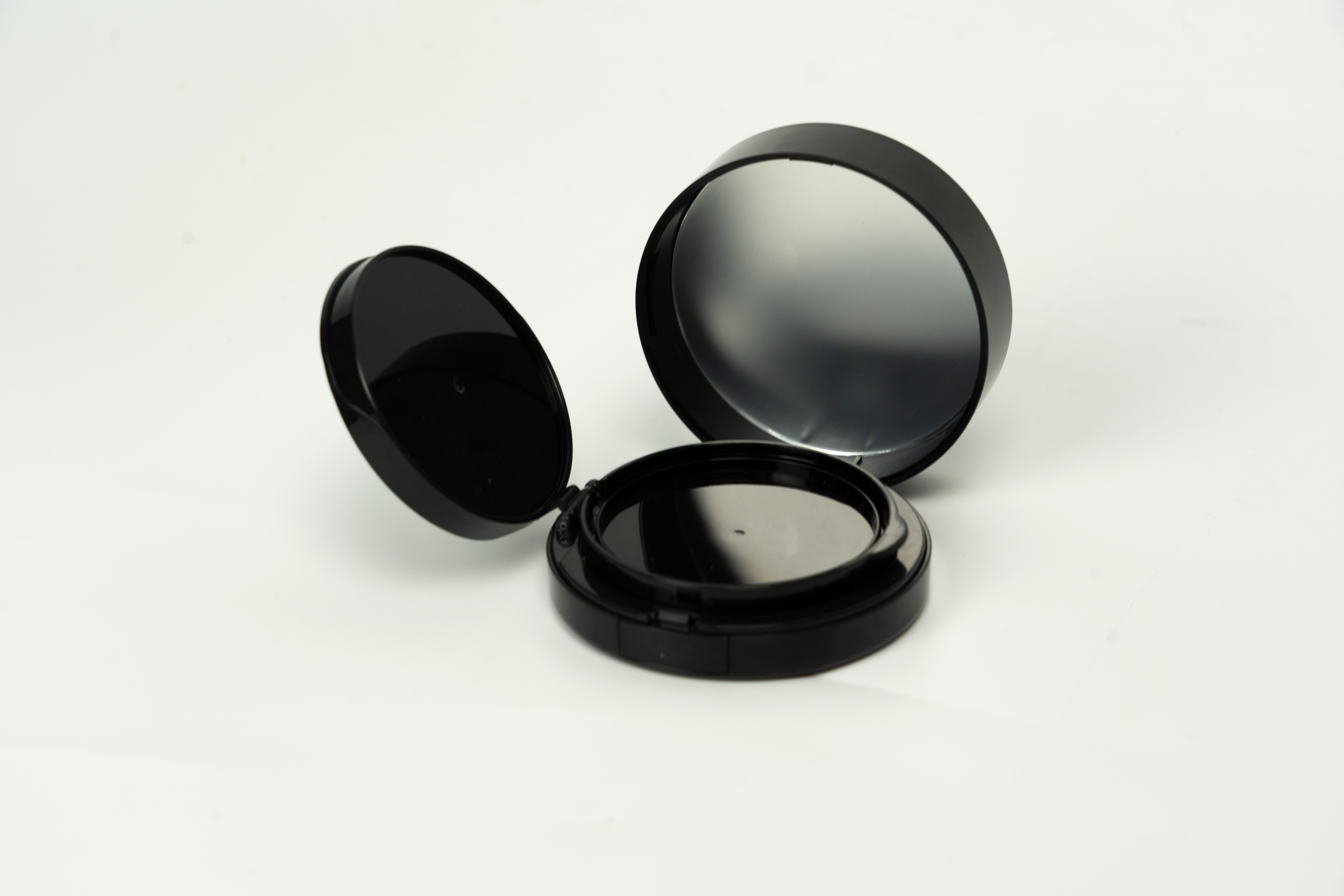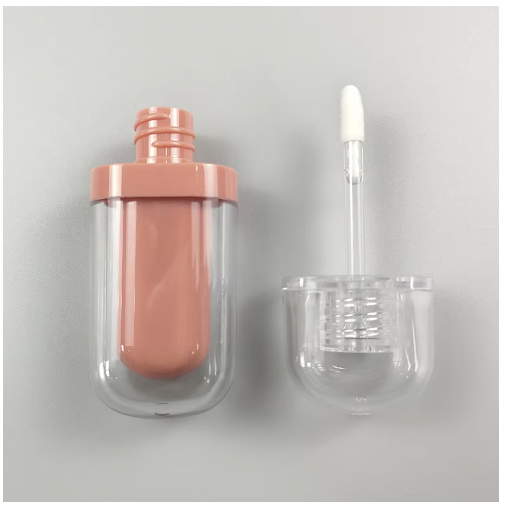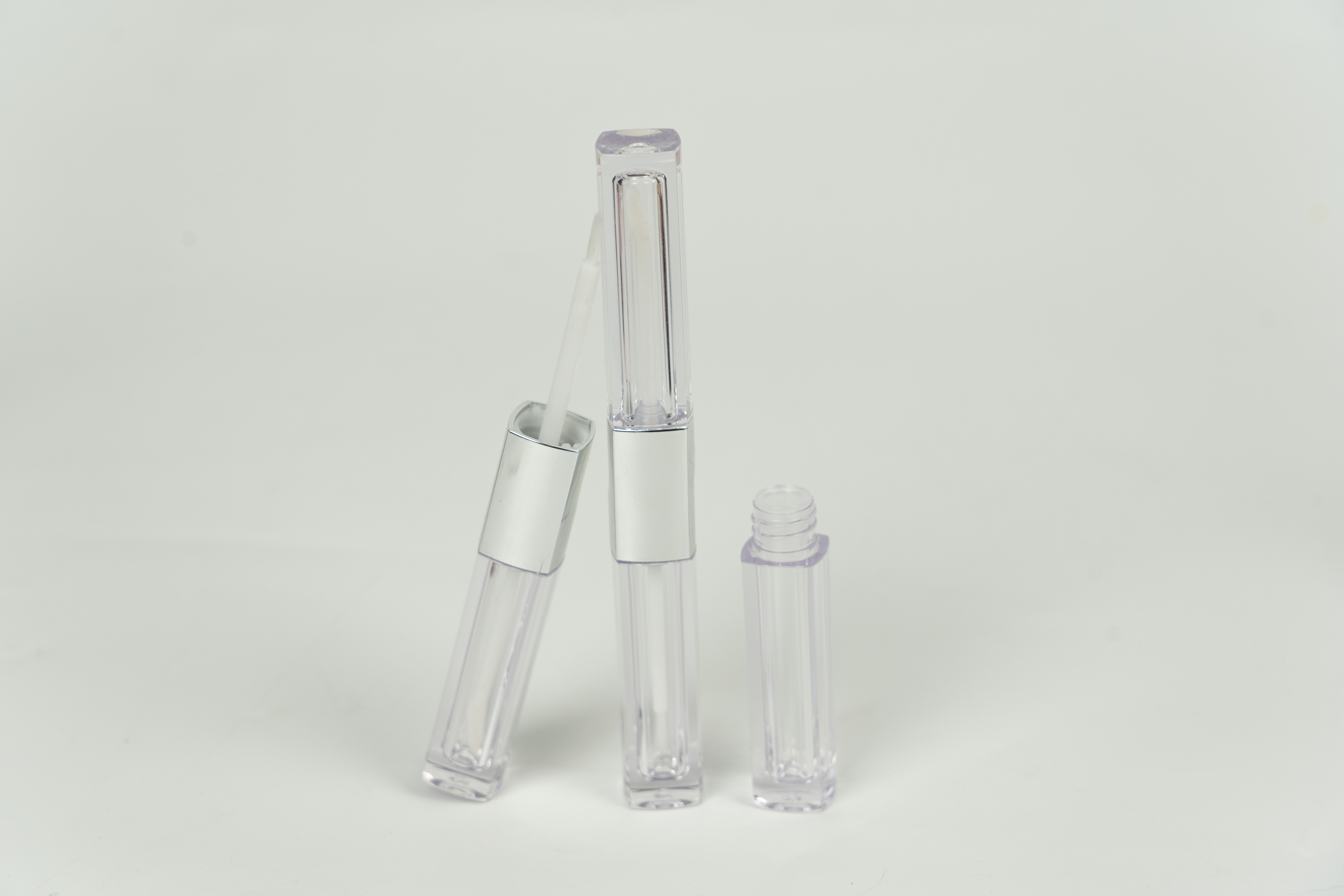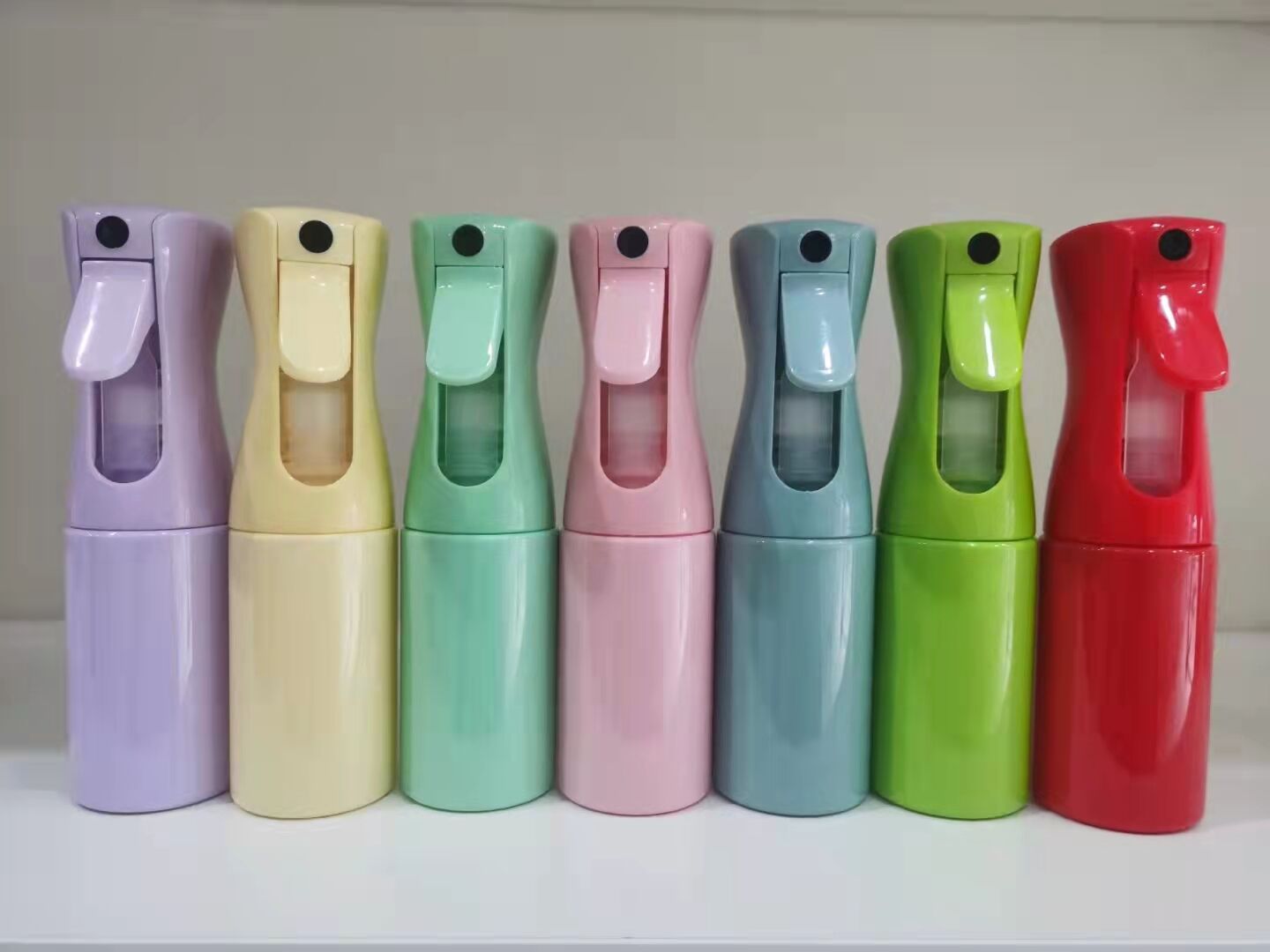plastic bottle use
Plastic bottles have revolutionized the packaging industry as versatile containers designed for storing and transporting various liquids. These containers are manufactured using different types of plastics, primarily PET (Polyethylene Terephthalate) for beverages and HDPE (High-Density Polyethylene) for household products. The technology behind plastic bottle production involves sophisticated blow molding processes, creating containers that are lightweight yet durable. Modern plastic bottles feature advanced design elements including ergonomic grips, tamper-evident seals, and specialized caps that enhance user experience. Their applications span across multiple industries, from beverage and food packaging to personal care products and household chemicals. The bottles can be engineered with varying wall thicknesses, sizes, and shapes to accommodate specific product requirements. Additionally, many plastic bottles now incorporate recycled materials and are designed with sustainability in mind, featuring reduced material usage while maintaining structural integrity. Their technological features often include UV protection layers, oxygen barriers, and temperature resistance properties, ensuring product preservation and extended shelf life. The versatility of plastic bottles extends to their customization capabilities, allowing for various colors, textures, and labeling options to meet branding requirements.




